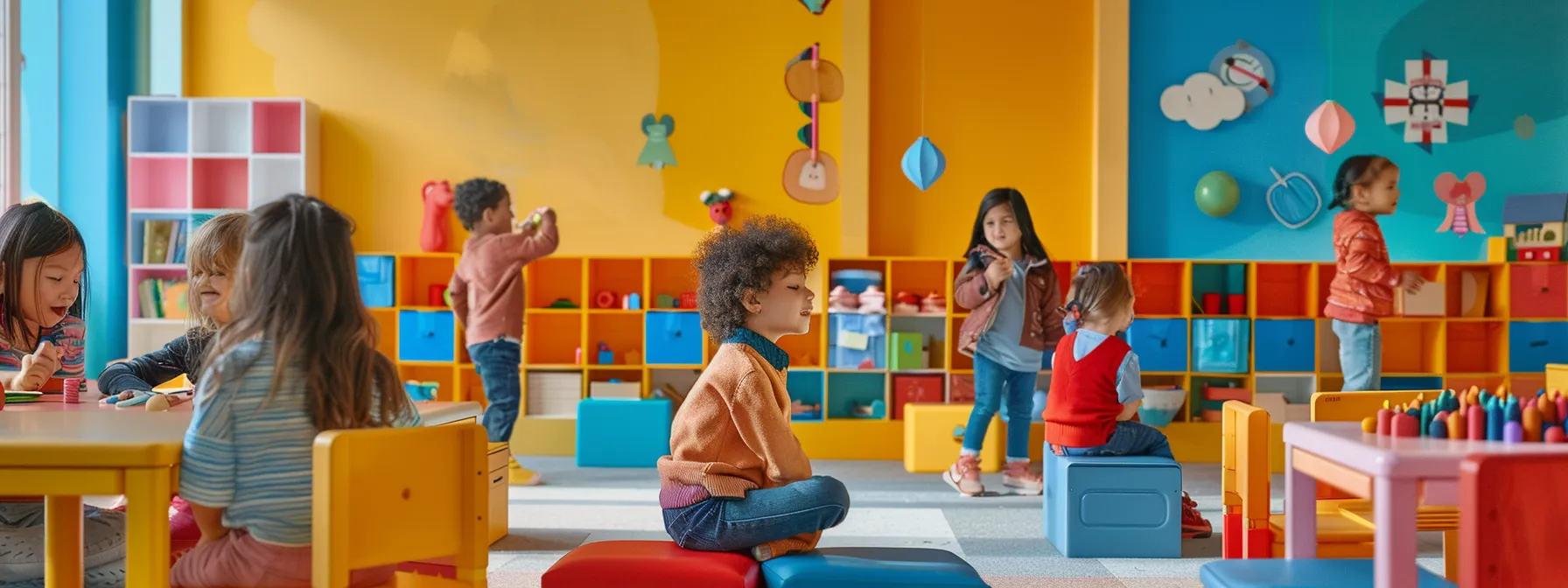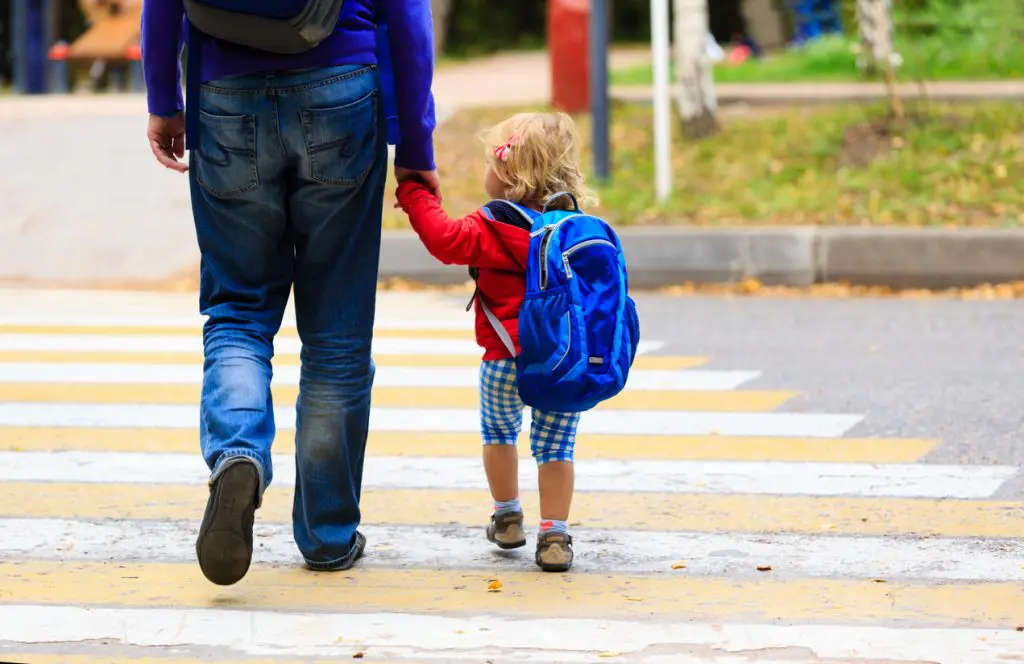Public schools are knocking on doors. They are handing out flyers. Some are even hiring recruiters, paying fees to convince parents to come back.
A recent New York Times story spotlighted a district in Orlando, Florida. Orlando’s kindergarten enrollment is projected to drop by 25 percent this fall, even though the number of school-age children has grown by 5 percent since 2020. Why the sudden scramble? Because parents have more options to choose from. And it is not just states with programs like Utah Fits All. States without formal choice programs have open enrollment, and charter schools create pressure for schools to attract parents and students.
This is not a bug in the system. It is the point.
I saw it firsthand when I was a principal in Weber School District. In the fall of 2020, classroom teachers were asked to run both in-person and online classes. It didn’t work. Students were confused, parents were frustrated, and teachers were burning out. Families began seeking better online options. Within a month, 700 students had left. The district went into full panic. By the end of the first quarter, Weber launched a new online school dedicated to elementary students. It was the fastest innovation I saw in my 14-year career.
That is what the marketplace does. It drives action. When customers can walk away, providers have to improve quickly. We have seen this in telephones and mail delivery when government-created monopolies were broken. Education is finally having its turn. The monopoly is crumbling.
Parents are not leaving for political reasons. They are leaving to get what their children need. Families want education that is personal and flexible. They do not want their kids treated like a number in a system designed for thousands.
Teachers are finding freedom too. Teachers like Jevonne Tanner left the system to launch her own school. She was tired of teaching in the status quo and opened her own school in 2019. Choice just built a building in Woods Cross where they will be able to host up to 150 students. Families are grateful. Kids are thriving. The happiness is hard to miss.
This is why districts are starting to make moves that once seemed unthinkable. In Orlando, the superintendent is talking about district-run microschools and eliminating middle schools altogether. Those are not small tweaks. They are structural shifts designed to win parents back.
Utah districts are joining in. Weber School District now offers Weber Innovation Online, a fully online option for grades 7 through 12 that is open statewide. Iron County and Nebo have partnered with OpenEd to create alternatives to the traditional classroom. Davis School District expanded its Catalyst program, bringing industry leaders into schools to mentor and teach. These are not cosmetic changes. They are market-oriented responses.
Some critics see this as ruining public schools. I see it as a drastic improvement. Public schools have been insulated. Now, they must earn the families’ trust and their enrollment. This makes for a better education for every student.
It is tempting to see declining enrollment and school closures as a crisis. But in a healthy market, weak offerings disappear and better ones rise to take their place. That is not failure. That is progress. As one founder told me, a healthy forest has a variety of trees. The same goes for education. The goal is not to eliminate public schools, but to improve the quality of learning for all students. If the public schools can do that, great. If not, parents will go elsewhere.
The sooner Utah districts embrace that reality, the better all schools will be.








